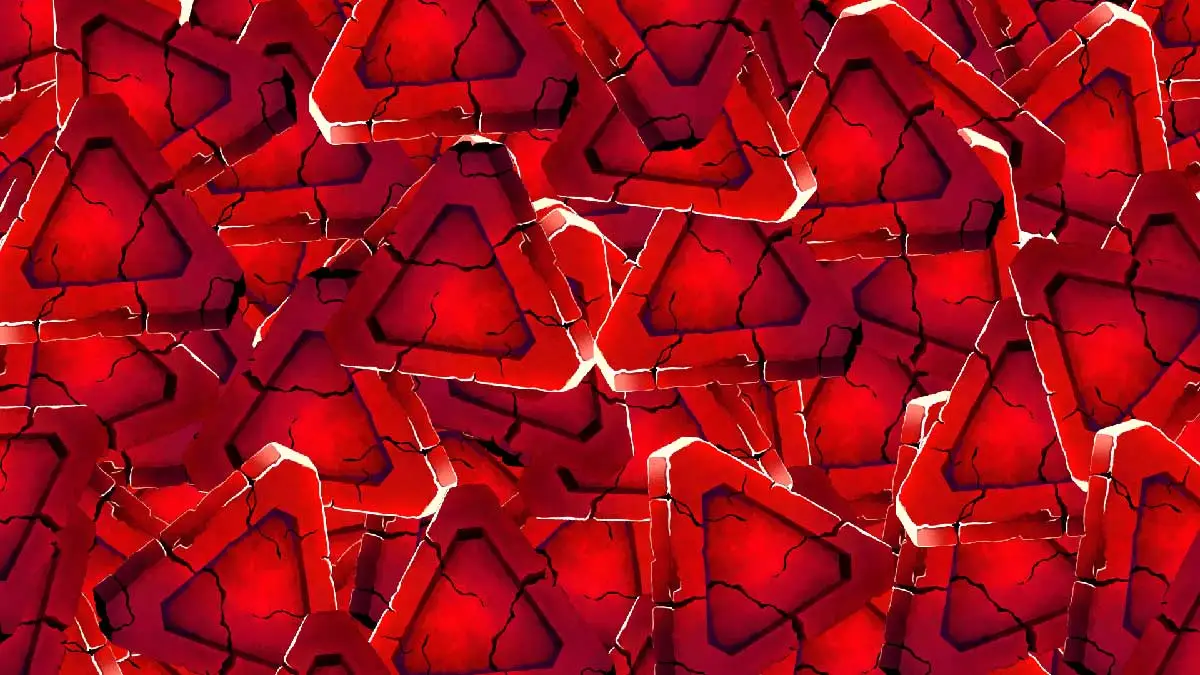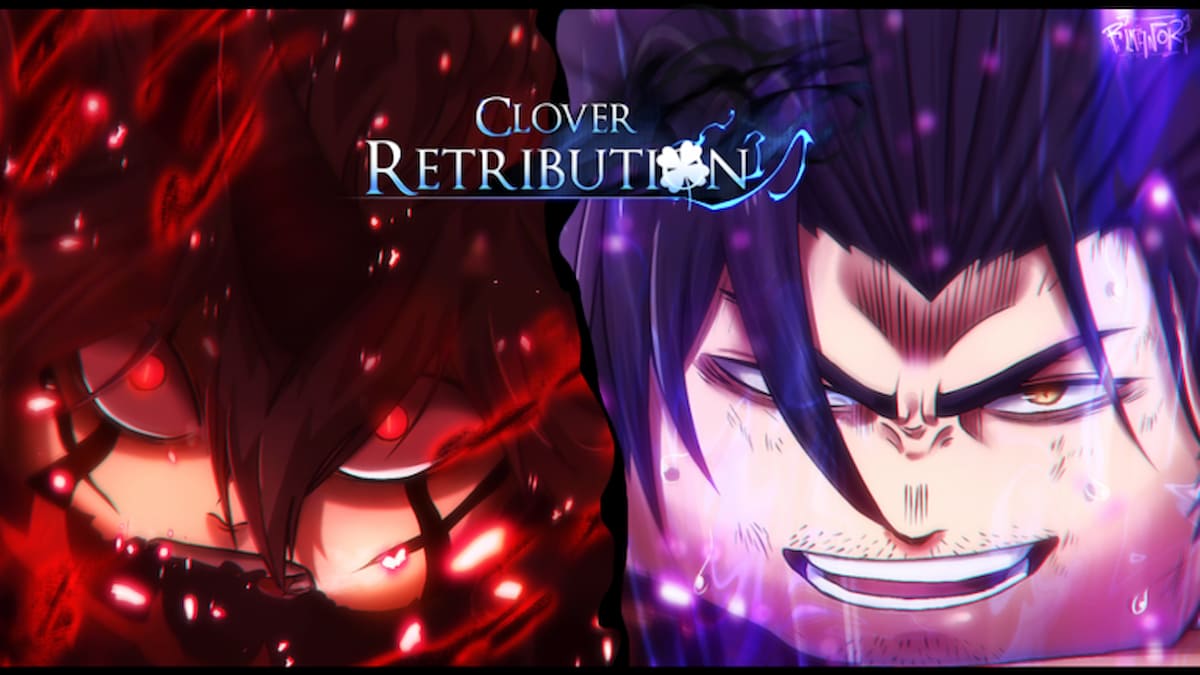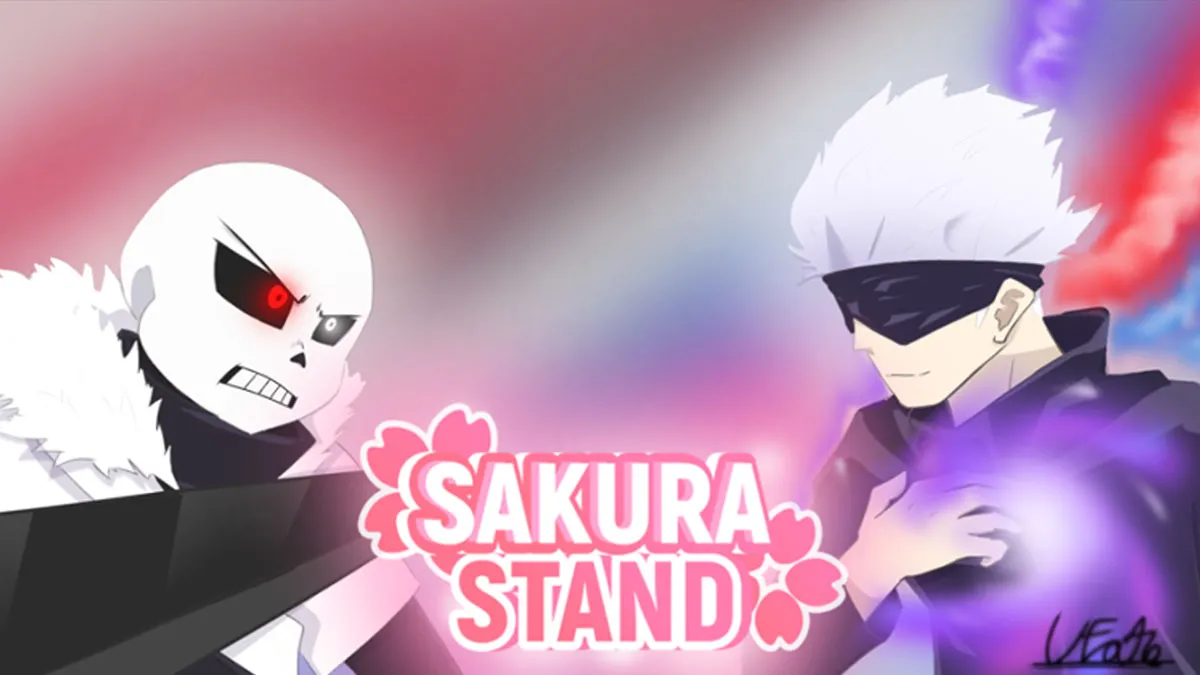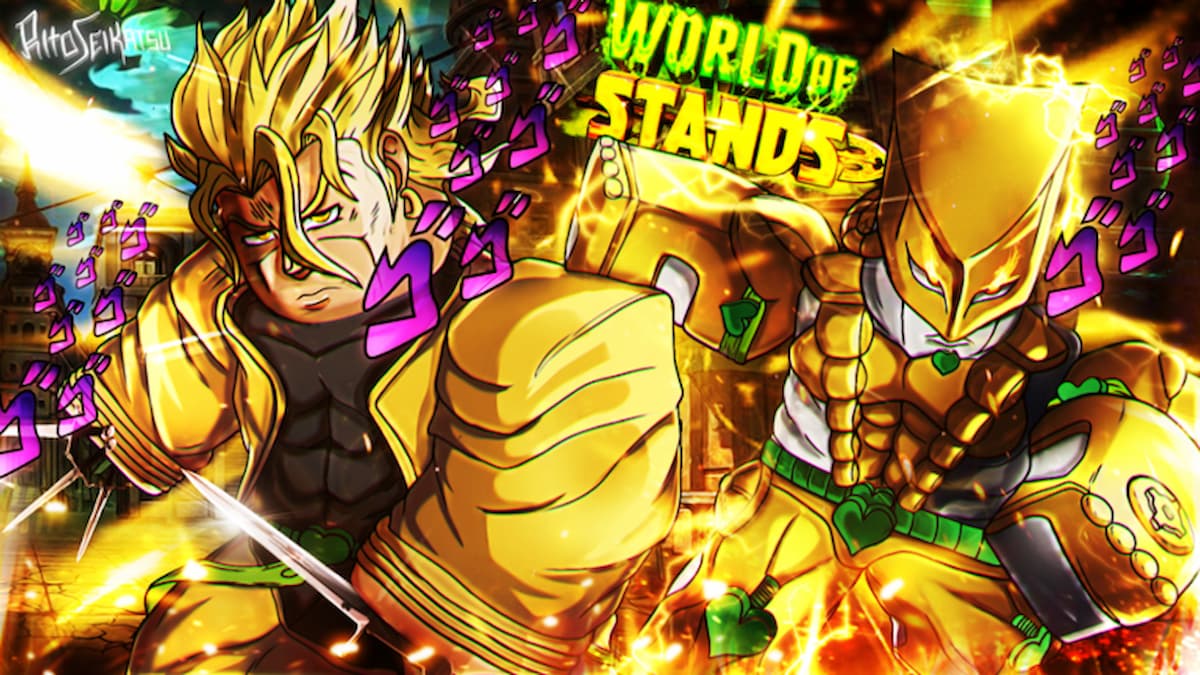Capturing large monsters is fairly tricky. You’ll want to bring several Shock Traps and Tranq Bombs. Then fight the monster until it’s critically hurt and retreats to its nest to recover. Read the guide for the details.
Now look, we all know that the bread and butter of Monster Hunter: World is the hunting of monsters. It’s right there in the title. A successful hunt typically ends with a defeated monster and a little bit of carving it up before the quest timer expires. However, sometimes you may just want to capture the monster, not kill it. I was inspired to write this guide about how to capture monsters when I came across a Reddit post about a new player spending many minutes trying to capture a Great Jagras with his net… let’s get educated, shall we?
Capture vs Kill

The biggest difference in large monsters compared to small ones is the amount of effort and planning it takes. Small monsters can be captured using your Net item simply by equipping it, activating it, sneaking up to animal, and capturing it. Those little tiny guys can then be displayed as pets in your home. Pretty neat.
But if you want to capture a large monster, you had better be prepared. Why would you want to capture it instead of kill it? There are some Bounties that pay handsomely for the capture of large monsters, but it is also an alternative way to complete quests. Most quests that ask you to kill a monster can be completed by capturing it instead. Not like it’s any easier, though…
Tools of the Trade
Before you strike out to capture a large monster, you’ll need a few key items to help you out. These can be crafted in Astera before leaving, or in the field, should your first attempts fail and you run out of them. Also, check the box at the camp that you deploy to. There are often supplies stashed there that you can take with you, such as the Shock Trap and a few Tranq Bombs.
Shock Trap
This vital tool can be crafted by combining Trap Tools and Thunderbugs. Trap Tools are available from the Provisions Stockpile in Astera and Thunderbugs can be found in the Ancient Forest.
Pitfall Trap
As an alternative to the Shock Trap, the Pitfall Trap can be very useful. It’s larger, so it can be easier to lure the monster into it. It’s crafted from a Trap Tool and Nets. This is a little more complicated to achieve as Nets themselves require Spiderwebs and Ivy. Both are found in the Ancient Forest and Ivy in particular is available in the upper levels near the third campsite.
Tranq Bomb
The Tranq Bomb is what will actually put your prey to sleep, so naturally it is crafted by combining Sleep Herbs and Parashrooms. Both are quite frequently found in the Ancient Forest. Make sure you consult your map to help you find everything.
Capture a Monster
As with all things in Monster Hunter: World, it pays to plan your attack. The ideal place to trap a monster is after you’ve hurt it enough that it’s critically wounded and returns to its nest to recover health. While it is sleeping, you go to work preparing your Shock Traps. Some hunters are successful in sneaking up to the monster while wearing a Ghillie and placing the traps right in front of it.
To take less of a risk, we suggest you place the Shock Trap in such a fashion where you don’t have to trip over the sleeping monster, yet can bait it easily into the trap. Once you’re set, wake the monster with a gentle tap on its back – or, shoot it – and then lure it towards the trap. Once it is caught in the trap, you have to act fast and pepper it with Tranq Bombs. Have everyone in your group do the same thing and with a little bit of luck, the monster will fall asleep while trapped and you’ll successfully capture it. If things don’t go your way, you’ll have a very angry monster on your hands, so it might be a good idea to fall back, regroup, and try again.
Best of luck capturing large monsters in the wild, hunters! It’s not an easy task, but it is a rewarding feeling. You may also gain additional rewards and research points by capturing instead of killing. For more guides and advice, check out our Monster Hunter: World Guide Hub.






Published: Jan 30, 2018 02:33 pm